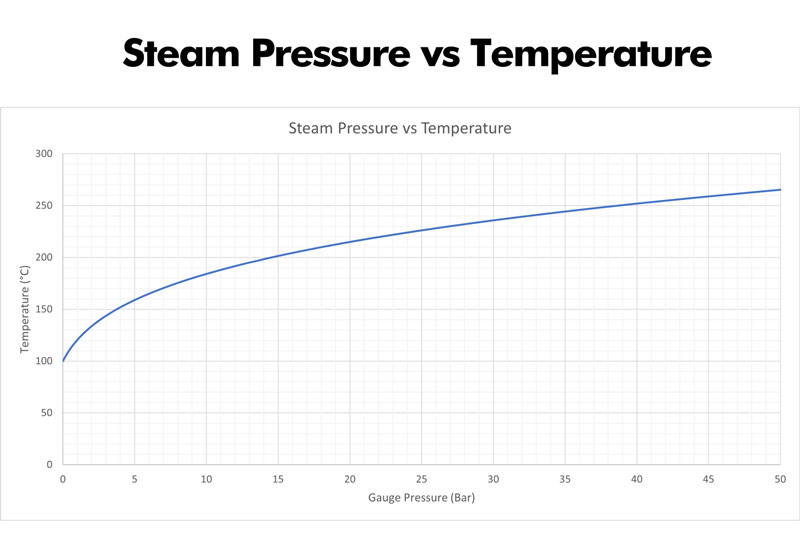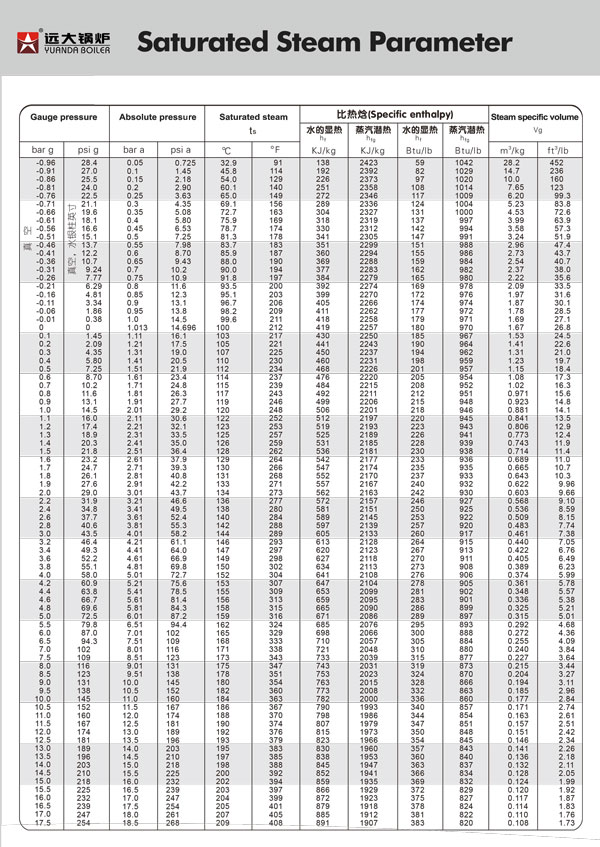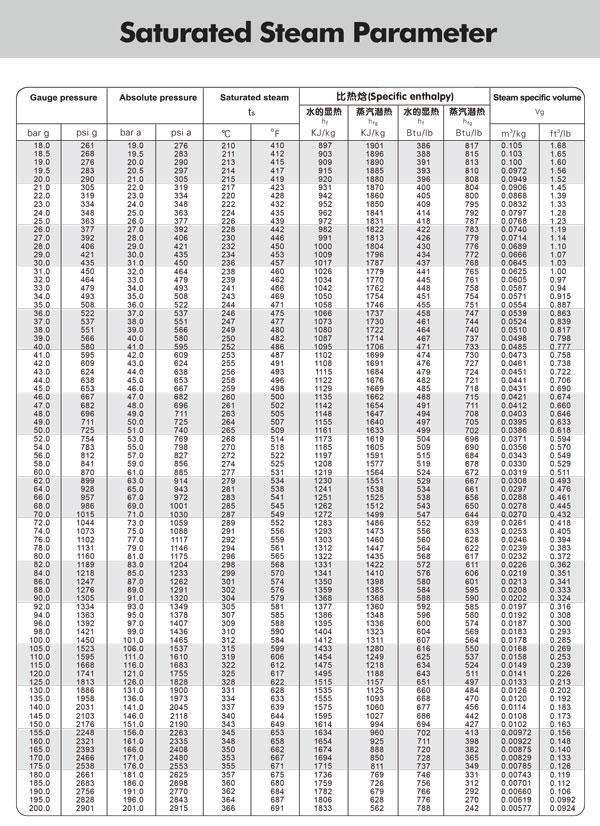- Home
- Products
 Oil Gas Boiler
Oil Gas Boiler
- WNS Series Liquid Fuel Oil Diese...
- Vertical Gas Lpg Diesel Hot Wate...
- SZS Series Double Drums Diesel G...
- Industrial Portable Skid-mounted...
- Waste Heat Recovery Steam Genera...
- Liquid Fuel Oil Bunker Diesel Oi...
- Liquid Fuel Waste Oil Bunker Oil...
- Gas Burner Boiler Natural Gas Lp...
- Oil Lpg Gas Hot Water Boiler
 Coal Boiler
Coal Boiler
- Industrial Coal Fired Boiler Sol...
- Vertical Coal Boiler Small Solid...
- SZL Series Water Tube Boiler Dou...
- DZH Sereis Coal Charcoal Briquet...
- Small Solid Fuel Coal Heating Bo...
- SHX/DHX Series Bubbling Fluidize...
- Briquette Coal Biomass Wood Hot ...
- Charcoal Wood Coal Hot Water Ste...
- Industrial Solid Fuel Water Heat...
 Thermal Oil Boiler
Thermal Oil Boiler
- Gas Lpg Diesel Fired Thermal Oil...
- Solid Fuel Coal Wood Biomass The...
- Electric Thermal Oil Heater Boil...
- YQL Vertical Diesel Gas Fired Th...
- YLW Series Horizontal Coal Therm...
- Edible Oil Heater For Fryer
- Waste Heat Recovery Thermal Oil ...
- YGL Seires Vertical Wood Biomass...
- Small Gas Thermal Oil Heater
- About us
- Services
- Case
- News
- Contact us

Saturated Steam Temperature & Pressure
13 / May
Saturated Steam Temperature & Steam Pressure
In a saturated steam generation boiler, steam temeprature will change according to the pressure inside the boiler.

For example, at sea level (1 bar pressure), water boils at 100 degrees Celsius (212 degrees Fahrenheit), and the steam produced is also at 100 degrees Celsius. However, if you increase the pressure, the boiling point of water and the temperature of the steam will also increase. Similarly, if you decrease the pressure, both the boiling point and the temperature of the steam will decrease.
In a saturated steam generation boiler, the temperature-pressure relationship determines the conditions necessary for steam production. By controlling the pressure inside the boiler, you can regulate the temperature of the steam produced, which in turn affects its properties and applications in various industrial processes.

For example, at sea level (1 bar pressure), water boils at 100 degrees Celsius (212 degrees Fahrenheit), and the steam produced is also at 100 degrees Celsius. However, if you increase the pressure, the boiling point of water and the temperature of the steam will also increase. Similarly, if you decrease the pressure, both the boiling point and the temperature of the steam will decrease.
In a saturated steam generation boiler, the temperature-pressure relationship determines the conditions necessary for steam production. By controlling the pressure inside the boiler, you can regulate the temperature of the steam produced, which in turn affects its properties and applications in various industrial processes.
Steam pressure and steam temperature comparison table




Any inquiry contact shirley@yuanda-boiler.com
Inquiry
Please feel free to submit your inquiry information to us. We will contact with you as soon as possible
Copyright © Henan Yuanda Boiler Corporation Ltd. All Rights Reserved Site Index
Privacy policy



 English
English


.png)